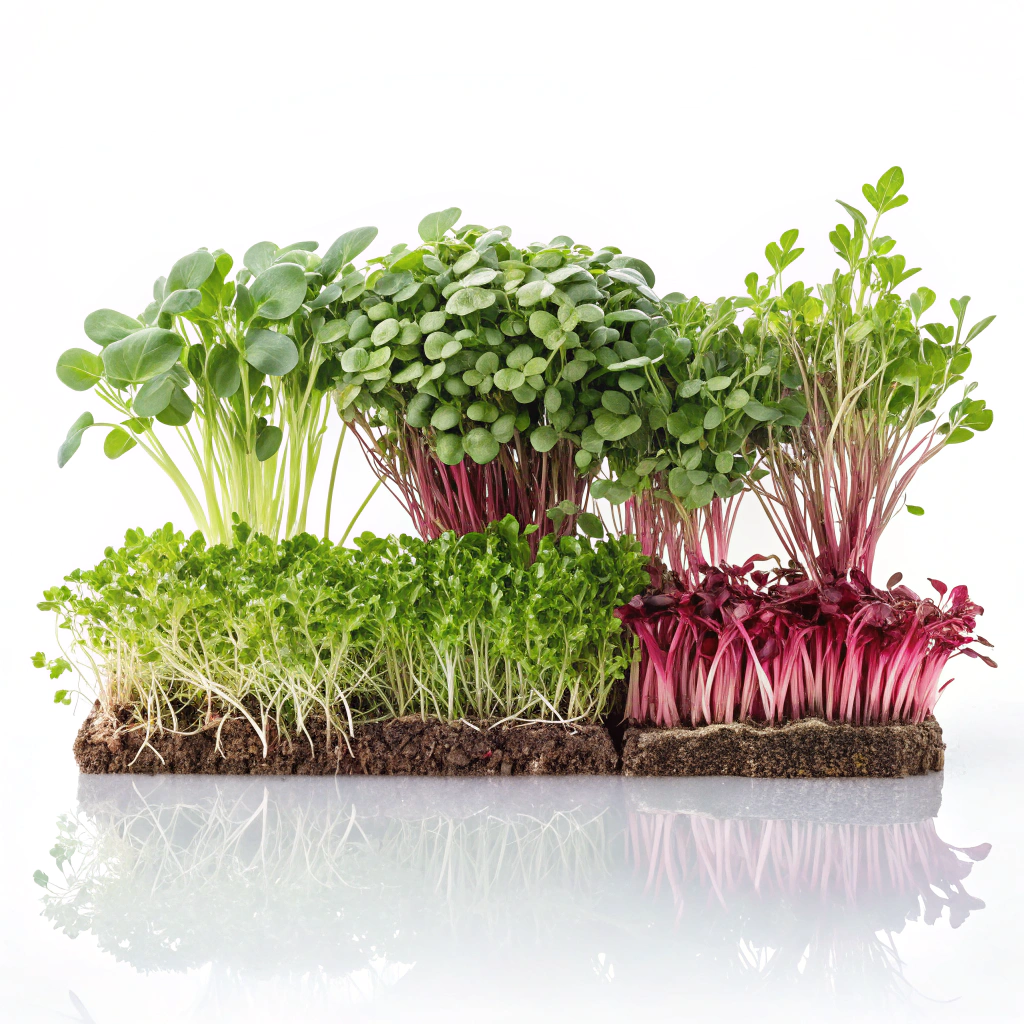Micro radish greens are a popular choice because of their fast growth, vibrant colours (green to purple and pink) and tangy, peppery flavour. They are a fantastic addition to your diet with a tangy flavour and a wealth of nutrients. It’s one of the easiest and fastest microgreens to grow, making it ideal for beginners. Here’s a comprehensive guide to growing your own radish greens at home.


